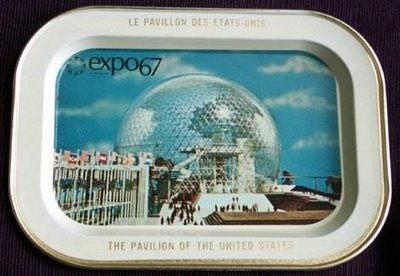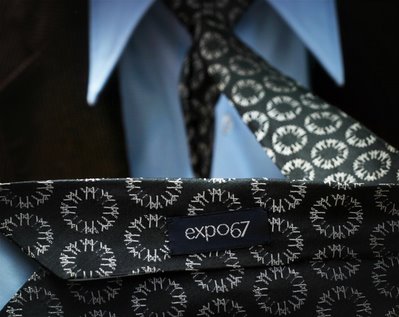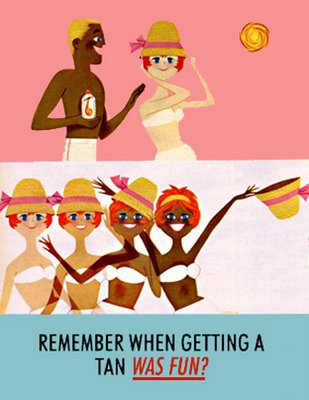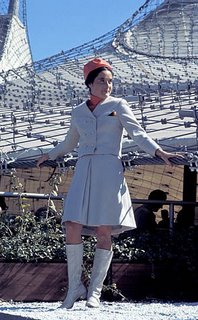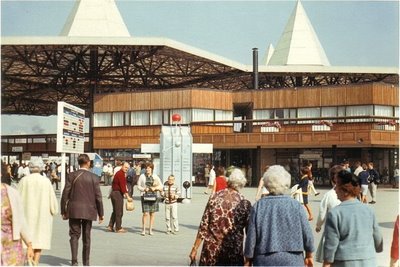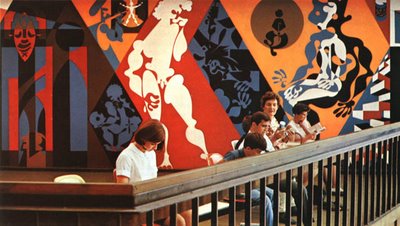Walt Disney's EPCOT Project
 In the early 1960's, entertainment mogul Walt Disney was blessed with a loving family that included many grandchildren. Walt became concerned with the world in which these kids would grow up: modern cities were chaotic, dirty and crime ridden.
In the early 1960's, entertainment mogul Walt Disney was blessed with a loving family that included many grandchildren. Walt became concerned with the world in which these kids would grow up: modern cities were chaotic, dirty and crime ridden.With the success of the Disneyland theme park in Anaheim, California, Walt began to dream of a far more ambitious project. What if the concepts of space and building design used in the Disneyland theme park could be used in the planning of communities, even entire cities? Walt began to devour books pertaining to urban planning, and anything else that could be usefull towards what he would later call his "prototype of the future"...
 The Walt Disney company had purchased 27 400 acres of swampland near Orlando, Florida. Walt intended to use this land for his project, which was now being called the Experimental Prototype Community Of Tomorrow, or EPCOT for short.
The Walt Disney company had purchased 27 400 acres of swampland near Orlando, Florida. Walt intended to use this land for his project, which was now being called the Experimental Prototype Community Of Tomorrow, or EPCOT for short.The original EPCOT plans used the radial (pie shaped) concept. It was to have 20 000 permanent residents, a Jet Airport of the Future, schools, stores, offices and theatres. EPCOT was to be completely enclosed, sheltered from the outside elements.
 Cars and trucks would use underground passageways, while visitors and residents would rely on a monorail system to get around.
Cars and trucks would use underground passageways, while visitors and residents would rely on a monorail system to get around. An important element to Walt Disney's original plan was EPCOT's Industrial Park. Major American industries would use this facility to develop new technologies for use in the EPCOT city. Walt's idea was that visitors from across the world would be inspired by these new developments and want to implement them in their own countries.
An important element to Walt Disney's original plan was EPCOT's Industrial Park. Major American industries would use this facility to develop new technologies for use in the EPCOT city. Walt's idea was that visitors from across the world would be inspired by these new developments and want to implement them in their own countries. The following video is a 24-minute pitch reel from 1966, in which Walt describes the EPCOT project:
The following video is a 24-minute pitch reel from 1966, in which Walt describes the EPCOT project:images: waltopia.com
Labels: pop culture parade

